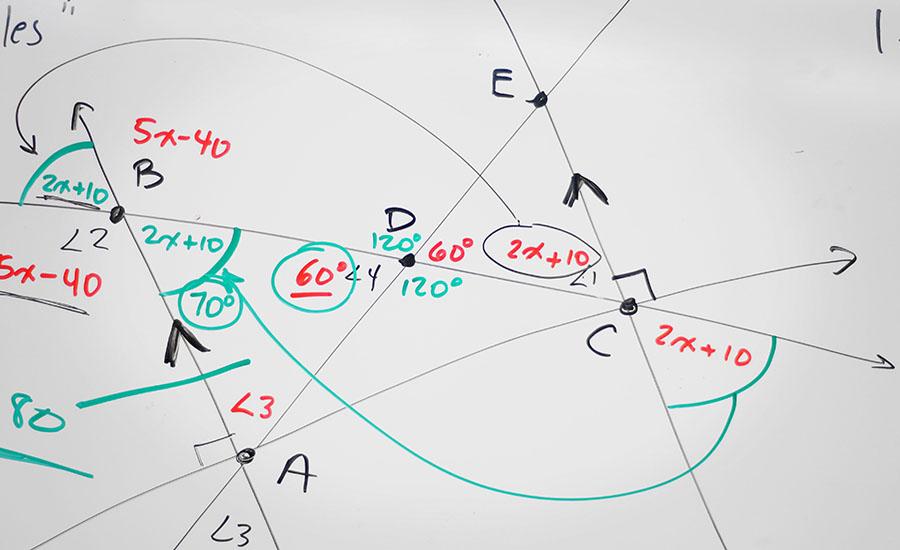
SNOW
by Kiera Lombardi
This lesson includes literacy, math, and art about snowflakes. Within math, students will dive into an analysis of angles within a common snowflake. Students will listen to an informational text about snowflakes and identify the structure of the informational text. Students will also work on how weather and climate may affect the formation of a simple snowflake.
Lesson Grade Level
4th GradeLesson Plan Link/URL
https://docs.google.com/presentation/d/1nGrZIlvMJdY98RMfDbKl66dkSq8UKtkN/edit?u…Subject Area
Science Earth and Space Science Technology 1. Empowered Learner 3. Knowledge Constructor 4. Innovative Designer 5. Computational Thinker 6. Creative Communicator Engineering S3: Apply Mathematics to Engineering S4: Apply Science to Engineering Mathematics Number and Operations—Fractions (NF) Measurement and Data (MD) Geometry (G) English Language Arts (ELA) Reading (Informational Text) Speaking & Listening
Featured
On
Related Content

Grades:
6th Grade, 7th Grade, 8th Grade
Model Building For Disaster is a 4-6 week unit in which students research natural disasters around the world and their effect on developing countries. Following their research, student teams design

Grades:
3rd Grade, 4th Grade
Encouraging students, from a young age, to think about their interests, dreams and goals lets them see possibilities for the future. As students listen to their thoughts and put those thoughts into

Grades:
9th Grade, 10th Grade, 11th Grade, 12th Grade
This STEM Argumentative Research Project engages students in exploring the scientific, ethical, and societal implications of themes in Mary Shelley's "Frankenstein." Students will work in groups to

